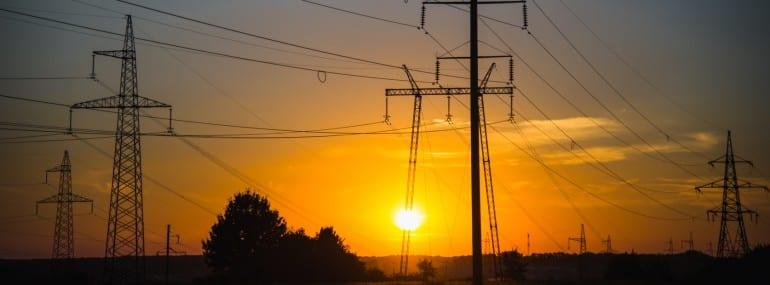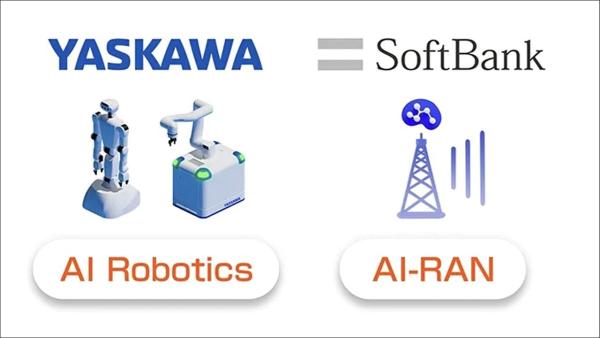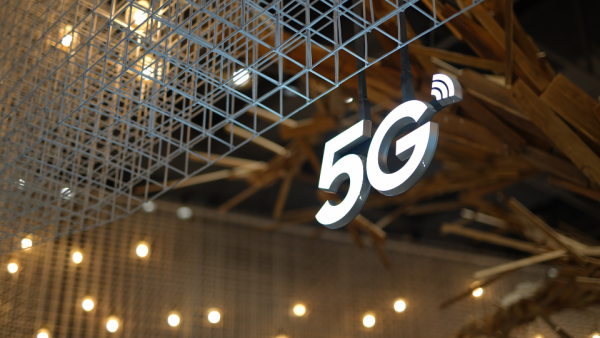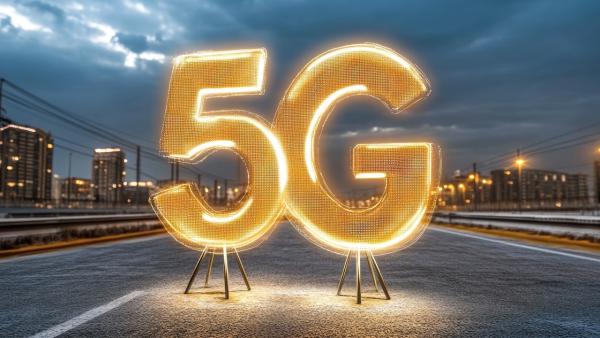Written by Mary Lennighan

The NGMN Alliance has published new recommendations to help the mobile industry reduce the amount of energy used by its networks, but most of the savings will not happen quickly.
The industry body notes that it is possible to reduce energy consumption by up to 10% in the short term by optimally configuring networks using existing power saving features.
That figure is not to be sneezed at; 10% is a fair amount when you consider the massive amount of energy consumer by the mobile industry, although admittedly NGMN does not put a figure on that. However, it’s significantly less of a game changer than the numbers the NGMN has come up with for medium and long-term energy savings.
In the near-term – we don’t have a more specific timeframe than that – it’s all about process optimisation. The industry can use machine learning (ML) to estimate the energy consumption reduction that can be realised through the use of existing power-saving schemes, enabling operators to select the most appropriate energy-saving policy.
In its list of example energy-saving solutions, the NGMN includes rules-based automation and AI-based automation of 3GPP energy-saving features; the former could bring a 3% energy-reduction in a 4G/5G network and the latter 9%. The full document is available here.
The examples given as medium-term solutions, under the theme of engineering optimisation, include the replacement of single-band remote radio units (RRUs) with tri-band RRUs to generate a saving of 30% per unit; a 50% reduction in feeding path losses from the use of passive antennas; and a 60% reduction in DC power losses per RRU by moving to bus-based architectures.









